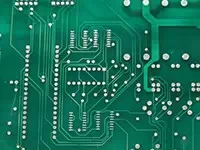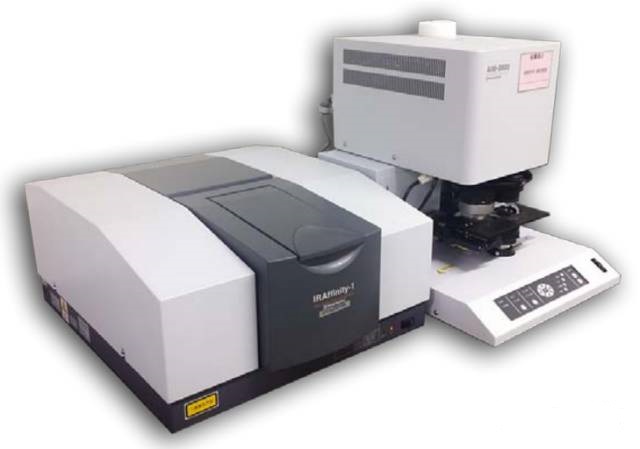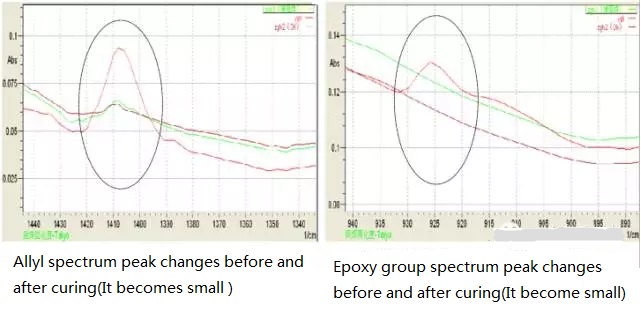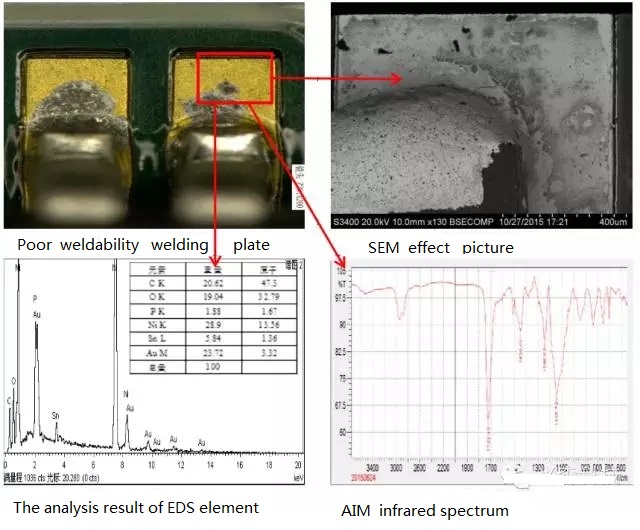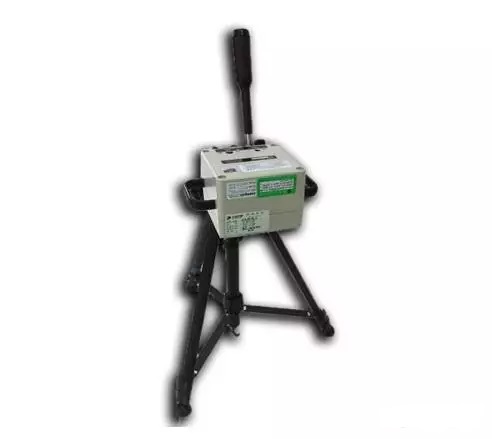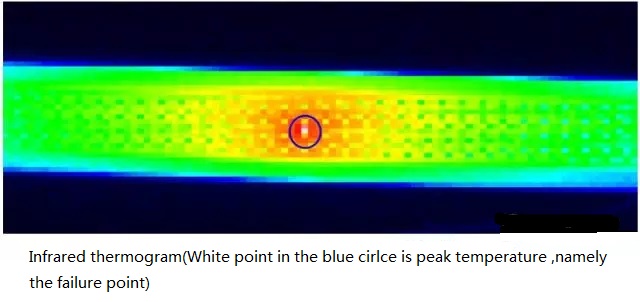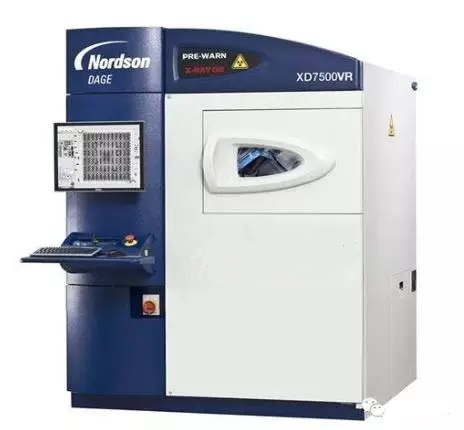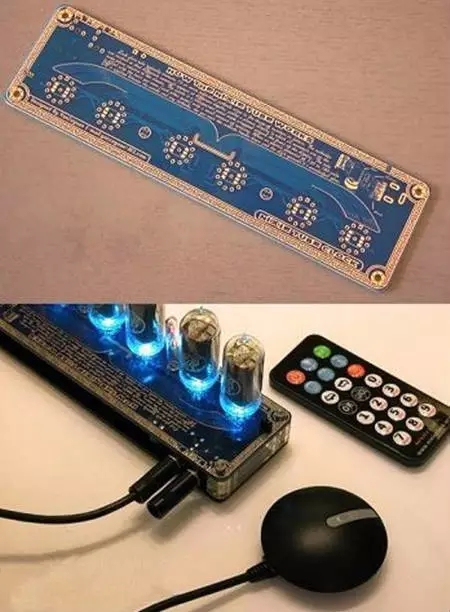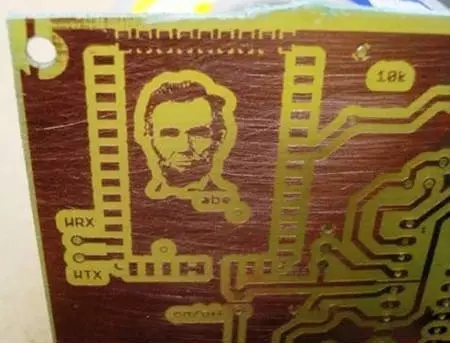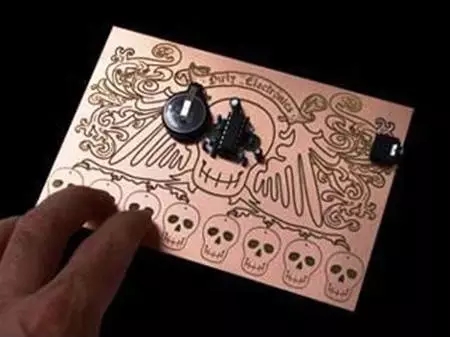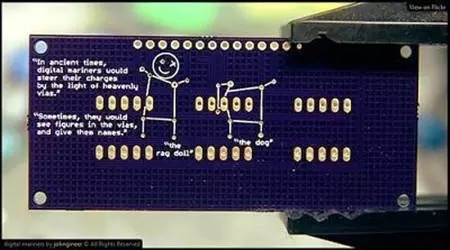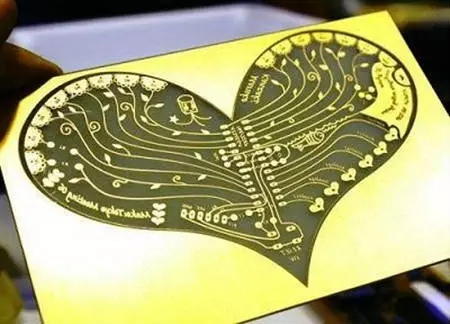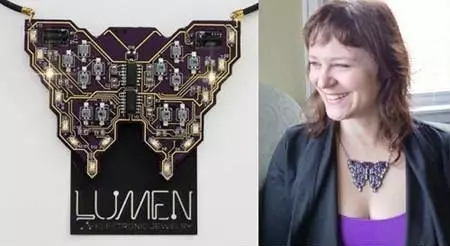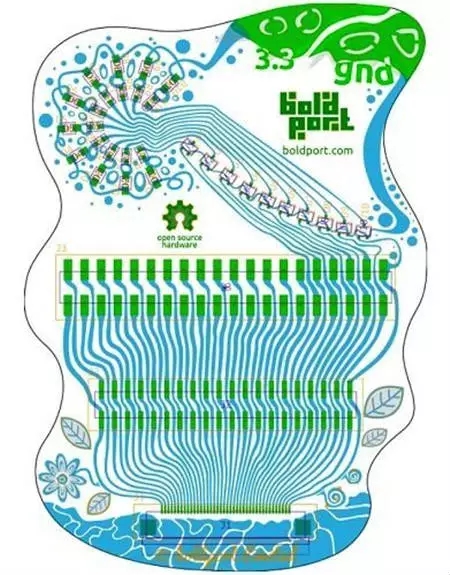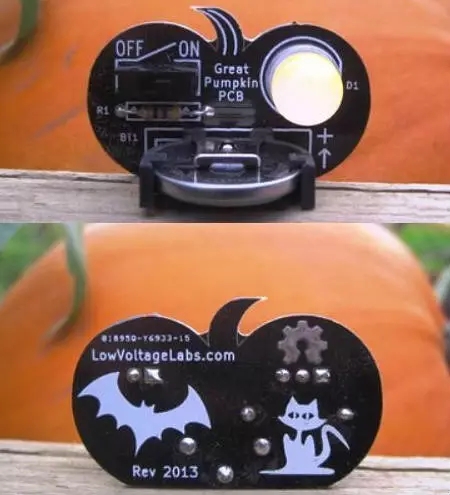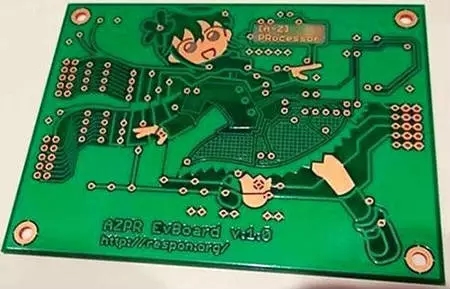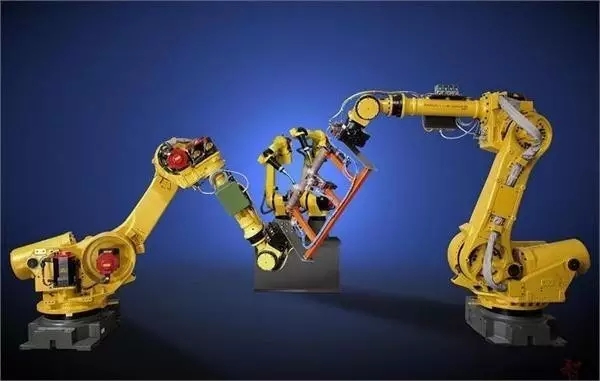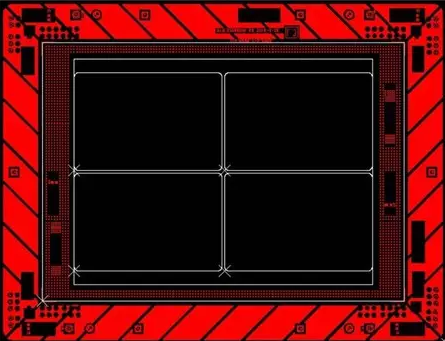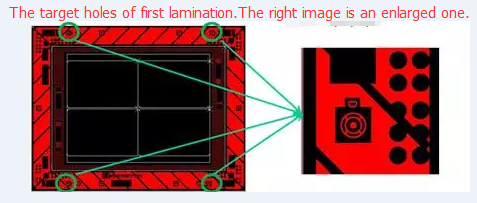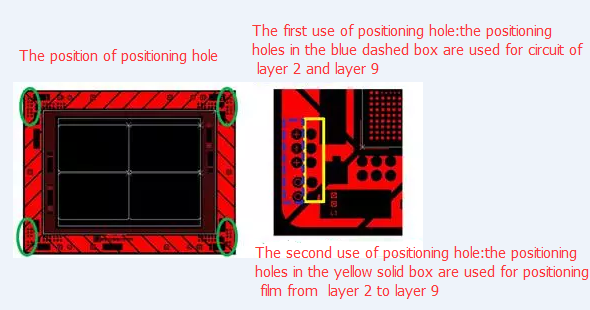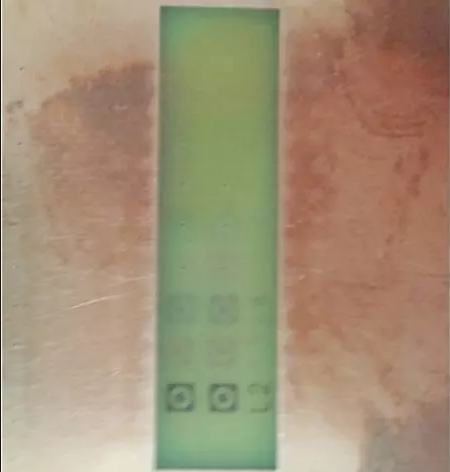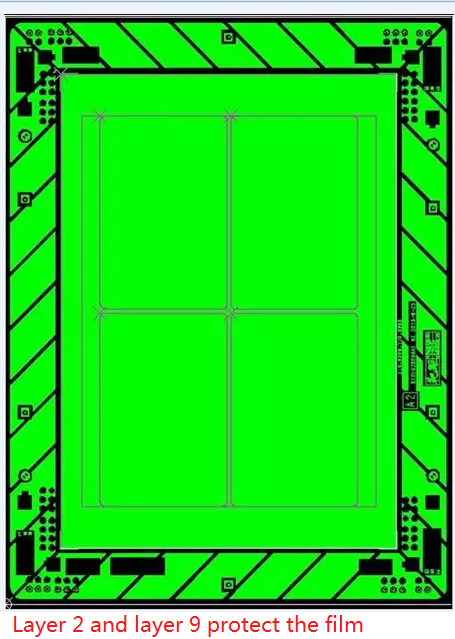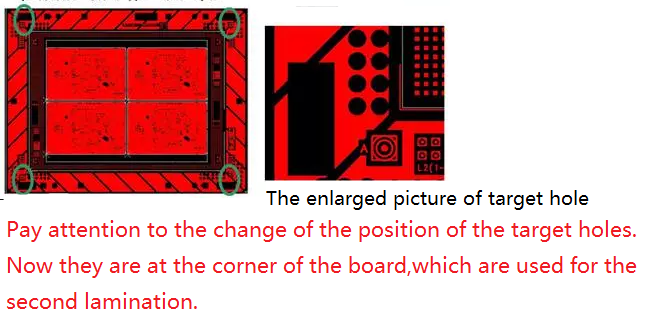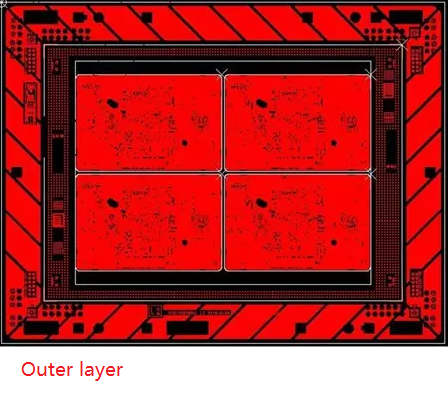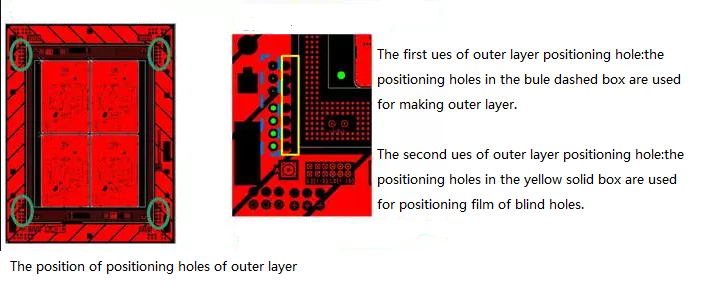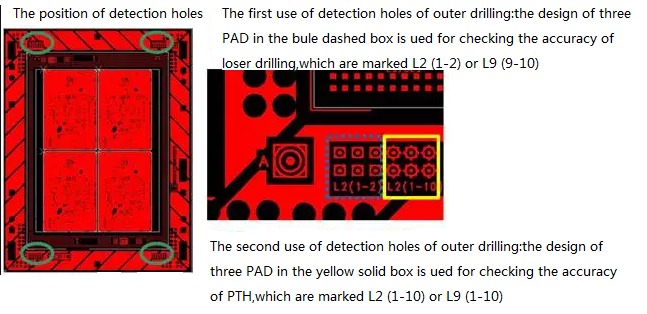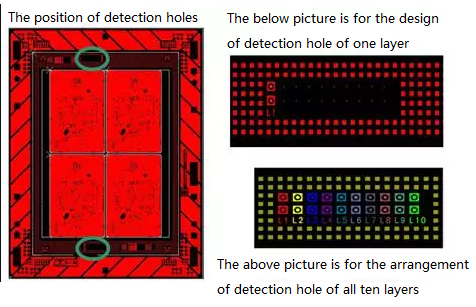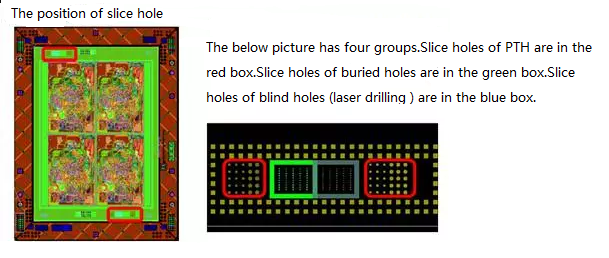PCB design engineers have grading basis: introduction, elementary, intermediate (ABC), and advanced.Let’s have a look at what level of yourself.
Jobs: entry-level PCB engineers
Capacity requirements:
1, to create a simple package, such as DIP10 ;
2, to master the basic operation of at least one PCB design software, and can develop simple wiring width and spacing ;
3, to make reasonable and orderly layout and routing for the PCB with 100 components and 200 network or less.
4, to do the routing manually or automatically under the rules made by others or yourself and modity the routing,and 100% completion and DRC is completely passed.
5, to have the knowledge of the basic mechanical structure and thermal design
6, to have some basic requirements for double-sided traces.
Work:
1, design and modification of simple PCB,such as simple structure of the front panel,small single chip system board, etc.
2, specified part lines in complex PCB
3, the related debugging of their own pcb design.
4, write related development and debug logs.
Job duties: responsible for the part designed by yourself in the PCB.
Jobs: primary PCB engineers
Capacity requirements:
1, according to the manual and physical ,produce more complex packages such as lighted RJ-45 seat and so on, and to ensure that the size of shape and PAD is entirely correct (according to physical measurements ,to ensure that at least it can be inserted);
2, a master of at least one PCB design software,and can make detailed routing rules independently or under the guidance of others.
3, make reasonable and orderly layout and routing for the single-sided,double-sided and multilayer PCB with 400 components and 1000 network or less.During the layout and routing,consider the requirement of thermal design, structural design, electromagnetic compatibility design, aesthetics in a timely manner.When he is not sure,he should ask the more advanced PCB engineers for help or discuss with them.
4, expertly do the routing manually or automatically under the rules made by others or yourself and modity the routing,and 100% completion and DRC is completely passed.Basically there is no bottleneck of line width and the inner islands and other issues.During the routing ,he can find the stupid mistake on the principle of design and put forward the mistakes,and can correctly swap the pin and gate,and can correctly modify netlist and schematic.
5, correctly import and export mechanical drawings and basically understand structure size requirements;
6, He can proceed some high-speed and simulation PCB design under the rules or the guidance setted by others and basically stable
7, silk screen is clear.Independently complete design output work,such as Gerber, and proofread.
8, have a basic manufacturability aspects knowledge and use it for practice.More than 50% designed board can be used for production.
Work:
1, more complex PCB design and modification (eg scheduler boards in addition to CPU board , etc.);
2, specified part lines in complex PCB
3, the related debugging of their own pcb design.
4, for the work guidance of all lower-level PCB engineer;
5, write related development and debug logs.
6,if necessary,(that is to say you temporarily have no design task at a certain time,or some PCB design time is pressing,and we must transfer or strengthen the designer) you do the work of any low-level PCB engineer .
Job duties: responsible for the part designed by yourself in the PCB.
Jobs: intermediate PCB engineers (according to individual ability,it is subdivided into A, B, C three gears. A is supreme and B is the second)
Capacity requirements:
1, fully understand the various original components manuals and wiring manuals.Independently produce extremely complex packages such as placing the switch, and ensure that the capabilities entirely correct (according to physical measurements, ensure that at least the insertion).According to the principles and structural requirements on their own, find the right device or replacement
2,a skillful master of operation and skills of at least one PCB design software,and can make detailed routing rules .
3, put forward division and integration idea of various functional blocks according to the system requirements. Make reasonable layout and routing for any PCB with many components and network independently or cooperatively.During the layout and routing,consider the requirement of thermal design, structural design, SI,PI,EMC,aesthetics,and manufacturability in a timely manner and propose solutions.Can provide requirements and rules of some layout and wiring for entry-level and junior engineers.
4, correctly do the lamination design for PCB.Under the requirement that satisfy the performance ,try to minimize the number of layer and reduce the cost.
5, with more high-speed PCB design and simulation knowledge in the aspect of resistance, delay, overshoot, crosstalk, circuit, signal circuit, surface integrity, the inner slot, signal termination.Independently or under the guidance of SI engineers,complete SI simulation and analysis of key signal and regional and provide the improvement suggest.
6, under rule driven,skillfully rout by manual or automatic and pass the modification.The whole plate has a certain beauty.During the routing ,he can find the stupid mistake of 80% on the principle of design and put forward the mistakes,and can correctly swap the pin and gate.
7, He can be an excellent communication with the principles and structural design engineers. He can understand more complex mechanical drawings.He can put forward some reasonal improvement suggest of some principles,component selection ,and structure related PCB,and help system design early success.
8,test points and silk screen marking are clear and error-free.He makes few stupid mistakes in PCB design.Generally not due to PCB design error which led to the revision.The feedback,provide by more than 90% pcb factory engineers, can be always resolved by himself.
9, with more manufacturability aspects knowledge and use it for practice.More than 70% designed board can be used for production.
Work:
1, very complex PCB designs and modifications (such as 8-channel DVR chassis, PC motherboards, etc.);
2, the related debugging of their own pcb design.the SI simulation of specified position.
3, for the work guidance and routing rules of all lower-level PCB engineer;
4, write related development and debug logs.
5, production and maintenance for unit internal PCB standard package libraries and standard wiring module;
6, if necessary, do the work of any low-level PCB engineer .
Responsibilities:
1,responsible for the part designed by yourself in the PCB.
2,responsible for the part designed by yourself in unit internal PCB standard package libraries and standard wiring module.
3,responsible for their own SI simulation results and solutions.
Jobs: Senior PCB Engineer
Capacity requirements:
1, a master of document conversion between variety of common pcb design software.The document can be used to modify basically.
2, familiar with all the requirements of high-speed and simulation PCB design.More than 80% boards, designed by himself or by others but under his instruciton ,have no related issues.
3, with skillful manufacturability aspects knowledge and use it for practice and gudance work.More than 90% boards ,designed by himself or by others but under his instruciton ,can be used for mass production derictly.
4,skillful for high-density layout and routing under the high-speed rules.The module or board should be stable and reliable,and the same time,more than 80% board have great beauty.
5, very innovative, can often make various constructive proposals to improve PCB design efficiency, PCB design quality, PCB structure allocation in system.
Work:
1, to participate analysis, planning and simulation related to PCB in system design.
2, organize and carry out PCB design training;
3,for the work guidance and routing rules of all lower-level PCB engineer;
4, write related development and debug logs.
5,search, establishment, and file of SI simulation model.
6, SI, PI, EMC simulation of the entire board and system.Evaluation of PCB manufacturability . Analysis of defective PCB, and provide the effectibe solutions.
7, if necessary, do the work of any low-level PCB engineer.
Responsibilities:
1, responsible for all of their work;
2, responsible for guidance work of all the others.
